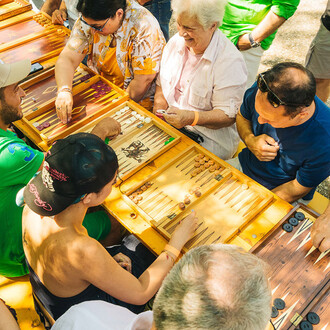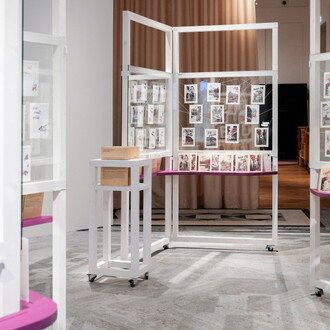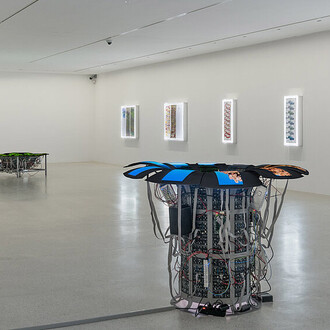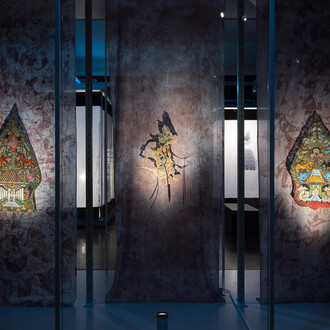With the solo exhibition Gustav Peichl: 15 Buildings for His 90th, the MAK is celebrating the renowned Austrian architect’s 90th birthday. In 2013, Gustav Peichl donated all of his architectural sketches, designs, and plans for his Austrian building projects to the museum. In a career spanning over 50 years, in which he created a total of 70 buildings, the versatile and prolific architect has personally selected 15 buildings—from between 1958 and 2011—for the MAK exhibition, affording a unique insight into his oeuvre. Sketches and plans that for the most part have never previously been shown to the public are being presented together with largely familiar objects, thus bringing his architectural theories into focus.
His early recognized talent as a caricaturist, his ties to the architect Roland Rainer, and his training in the Academy of Fine Arts Vienna master class under Clemens Holzmeister have all left their mark on his diverse oeuvre. Peichl’s versatility is particularly evident in his architectural sketches and buildings realized mostly in Austria (for instance the ORF Regional Studios, 1969–1983, and the Earth Station in Graßnitz near Aflenz, 1976–1979) and Germany (for instance the Bundeskunsthalle in Bonn, 1986–1992, and the Münchner Kammerspiele, 1990–1993). For Peichl, “buildings and architecture are the sum total of form, function, material, color, and light.” The aim is to create a sensual architecture that harmonizes these elements. Peichl strives to formalize the “beauty of the processes” that, as individual elements of a building, fuse to form a carefully constituted whole. The inspiration for this approach is Otto Wagner. Despite this love of detail and striving for sensuousness, “classical” modernity is nevertheless clearly evident in his works: employing strongly delineated technical, aesthetic structures, he creates a proportioned clarity, thus incorporating technical innovations to allow dramatic accents to accrue.
The exhibition comprises over 141 sketches and plans, including loans from the Berlin Academy of Arts. The perspective on his work is further broadened by new photographs specially created for the exhibition by the contemporary German artist Pola Sieverding, who has photographed the 15 selected buildings in their current condition. Visitors thus have an opportunity of understanding Peichl’s work from two perspectives: on the one hand by studying the original sketches and on the other by contemplating the completed buildings.
















